India is one of the rapidly growing military powers in the world. The country has pumped big money into defence over the years, and is, in fact, the world's fifth largest military spender with an annual expenditure of $55.9 billion.
India's military spending went up by 8.5 percent last year. The country is primed to become the fourth highest military spender by 2020 and is reportedly planning to spend $250 billion by 2025 to modernise the armed forces. A major contributor to India's military modernisation could be the United States, which has offered assistance to power India's military capabilities in "significant and meaningful" ways.
India, the world's largest importer of weapons, purchases well-known platforms and tailor-cut the ammunitions to suit its needs. The Indian military currently has many advanced and hi-tech weapons that are among the best in the world.
Here are the 10 most powerful weapons in India's arsenal:
1. Sukhoi SU-30MKI
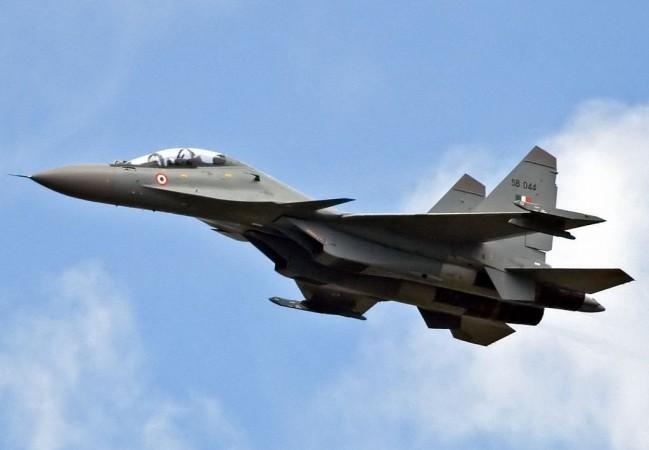
The Sukhoi Su-30MKI is (NATO reporting name: Flanker-H) is a variant of the Sukhoi Su-30 fighter jet, and is developed by Russia's Sukhoi, and built under licence by India's Hindustan Aeronautics Limited (HAL) for the Indian Air Force (IAF). It's a highly integrated twin-finned aircraft with a range of 3,000 kilometres and fuel capacity enough to sustain nearly four hours of continuous sorties. Thanks to the air refuelling system, its flight duration can be increased up to 10 hours with a range of 8,000 kilometres at a cruise height of 11 to 13 kilometres.
The Sukhoi Su-30MKI can be fitted with BrahMos and Nirbhay cruise missiles, giving it remarkable strike capabilities. The aircraft is also integrated with several home-grown and imported electronic jamming pods and anti-radiation missiles, making Sukhoi Su-30MKI a deadly platform in modern warfare.
2. BrahMos missile
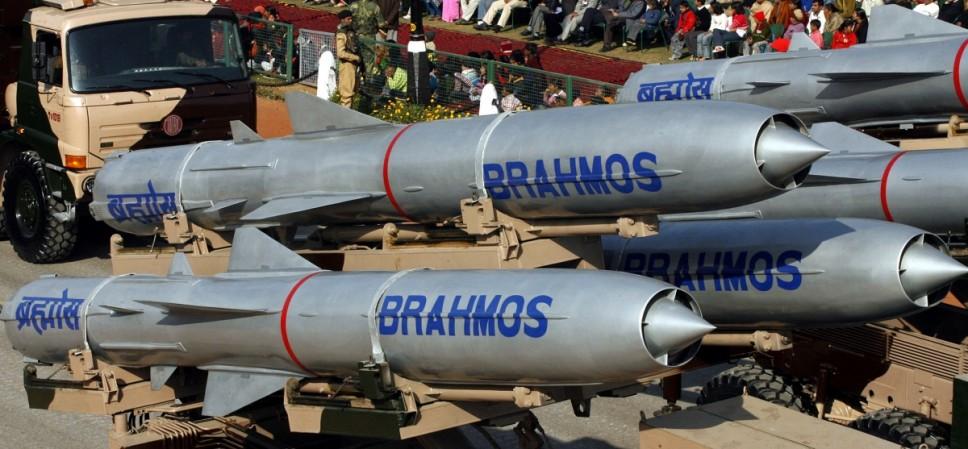
The BrahMos is a short-range ramjet supersonic cruise missile that can be launched from submarine, ships, aircraft and land. Claimed to be the world's fastest cruise missile, the BrahMos travels at speeds of Mach 2.8 to 3.0 (3,400 – 3,700 km/h), and is said to have three times more velocity and flight range, and four times more seeker range than other missiles of the same category.
The ship-launched and land-based BrahMos missiles can carry a 200kg warhead, whereas the aircraft-launched variant (BrahMos A) can carry a 300kg warhead.
3. Agni Missiles
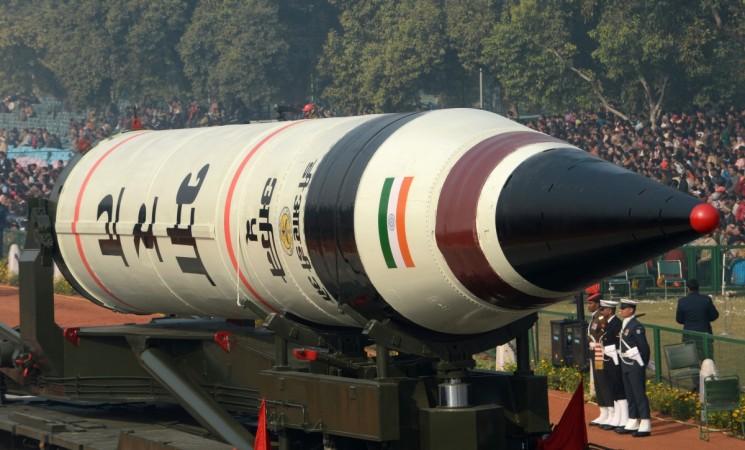
Agni is a family of medium to intercontinental range ballistic missiles developed by India. Agni-1, a single-stage solid propellant with a range of 700 to 1,200 kilometres, weighs 12,000 kilograms and can carry a single warhead of 1,000 kilograms. Agni-2 has a greater range of 2,000 to 3,500 kilometres, and weighs 16,000 kilograms. It can carry a single nuclear warhead of 1,000 kilograms, and can reportedly target western, central and southern China, if launched from a strategic location.
Compared to the Agni-1 and Agni-2, Agni-3 is shorter, wider and capable of delivering a heavier warhead to a greater distance of 3,000 to 5,000 kilometres. Agni-4, on the other hand, has a listed operational range of 3,500 to 4,000 kilometres, and can reportedly hit nearly all of China. India is also developing a longer-range Agni-5, a near-intercontinental ballistic missile, which can carry a warhead for more than 5,000 kilometres.
4. INS Vikramaditya
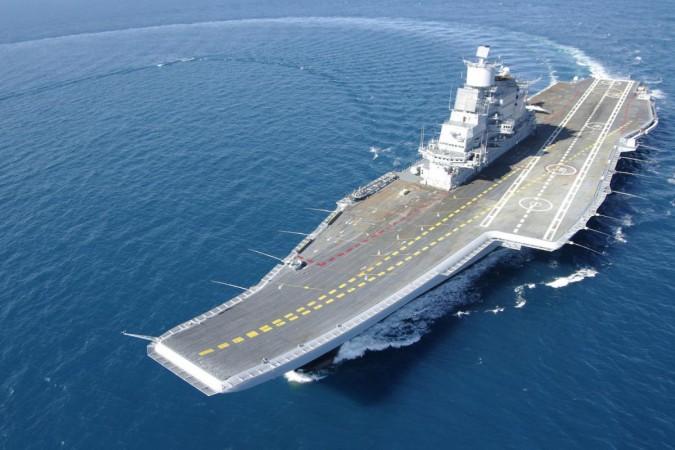
The Soviet-built Kiev-class Indian carrier INS Vikramaditya is about 284 metres long and 60 metres wide. The vessel has the ability to carry over 30 aircraft comprising an assortment of MiG 29K/Sea Harrier, Kamov 31, Kamov 28, Sea King, ALH-Dhruv and Chetak helicopters.
The INS Vikramaditya's 44,500-tonne mega structure of steel is about 20 storeys tall from keel to the apex. It can accommodate over 1,600 personnel and is capable of operations up to a range of over 7,000 nautical miles or 13,000kms.
5. INS Visakhapatnam
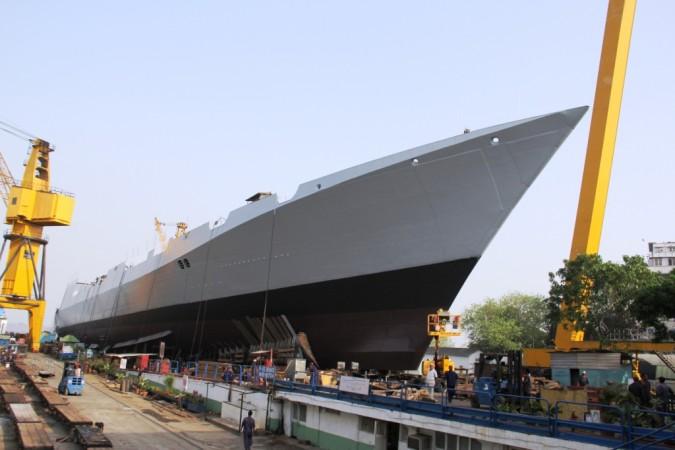
The INS Visakhapatnam is the lead ship of the Visakhapatnam-class stealth guided-missile destroyers of the Indian Navy. Launched on April 20, 2015, it will be the most advanced Indian destroyer warship once it's commissioned by 2018.
The 163-meter-long and 7,300-tonne-heavy destroyer can carry eight supersonic BrahMos anti-ship missiles, 32 Barak-8 long range surface-to-air missiles, multi-function surveillance threat alert radar system and twin tube torpedo and rocket launchers.
With a crew of 300 (50 officers and 250 sailor), the INS Visakhapatnam can travel 4,000 nautical miles (7,400 kilometres) at 14 knots (26km/h).
6. INS Chakra
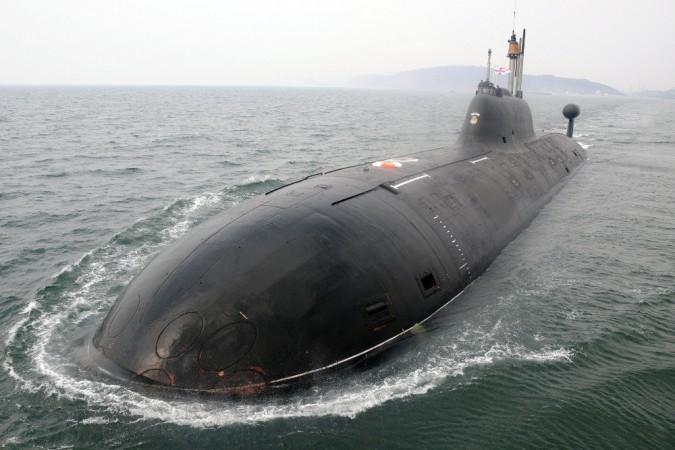
INS Chakra is the modified version of the Russian Nerpa submarine the Indian Navy acquired on lease for 10 years in 2011. The submarine has 36 torpedoes and Klub anti-ship missiles with zero noise levels and room for 80 personnel.
Thanks to its nuclear-based propulsion scheme, INS Chakra has unlimited undersea staying power and doesn't need to come up to recharge the battery. It can reach beyond 30 knots underwater and can submerge up to 600 metres.
7. INS Arihant
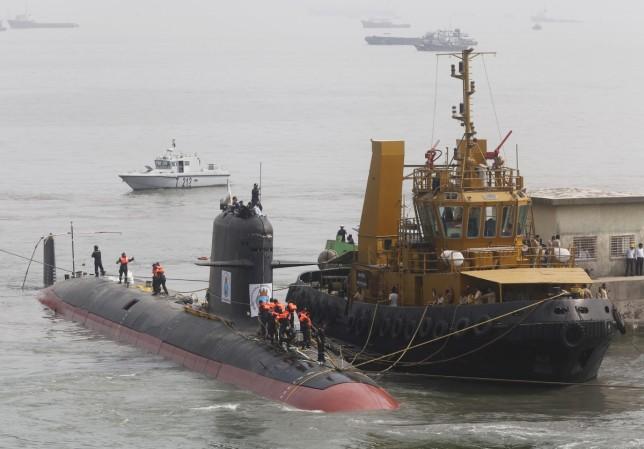
The lead ship of India's Arihant class of nuclear-powered ballistic missile submarines, the INS Arihant is a 6,000 tonne vessel launched on July 26, 2009. Commissioned in August 2016, the INS Arihant has four vertical launch tubes, which can carry 12 smaller K-15 missiles or four larger K-4 missiles. It has a submerged speed of 24 knots.
8. T-90S Bhishma
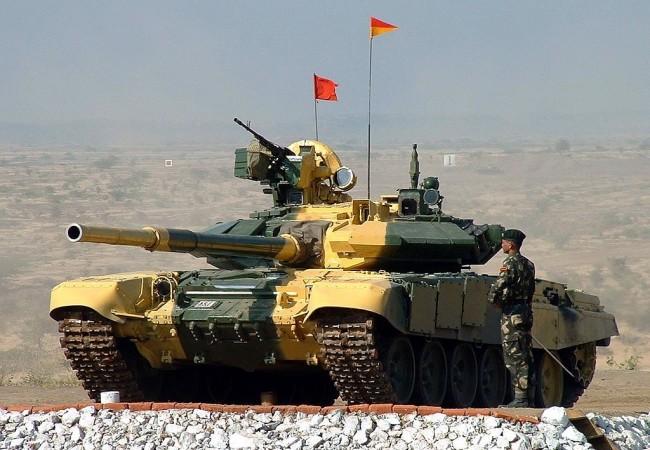
The T-90S Bhishma tanks are equipped with cutting-edge jamming systems, laser warning receivers, and day and night sighting systems. The tank also carries a 125mm 2A46M smoothbore gun with thermal capabilities.
Controlled by a crew of three, the T-90S Bhishma weighs 48,000 kilograms and has more advanced "two-tiered" armour protection. The tank also has a 12.7 mm machine gun mounted on the turret, which can be operated both manually and remotely.
9. Pinaka rocket launches
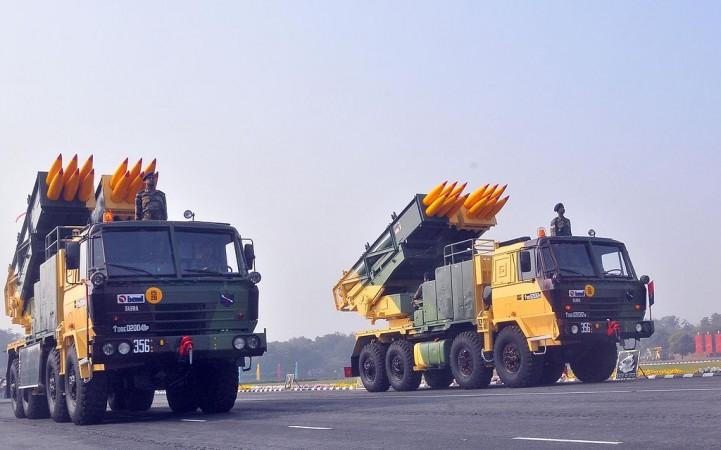
Pinaka, a multiple rocket launcher produced in India, is developed by the Defence Research and Development Organisation (DRDO) for the Indian Army. With a maximum range of between 40 and 65 kilometres, the system can fire up to 12 missiles in 44 seconds with a reload time as short as 4 minutes.
In association with the Israel Military Industries, the DRDO has also installed a GPS guidance system on the rockets for precision attacks. During the Kargil War, Pinaka was successful in neutralising enemy positions on the mountain tops.
10. Phalcon AWACS

The Indian Air Force has one of the most advanced Airborne Early Warning and Control Systems (AWACS). The A-50 Phalcon AWACS consists of Israeli Elta EL/W-2090 radar mounted on a Russian Il-76 aircraft.
The radar is a 360-degree Active Electronically Scanning Array (AESA). The AWACS guides fighter-interceptors and tactical air force on the frontiers. They can detect targets up to 400 kilometres away, and are claimed to be 10 times faster than systems like the E-3 Sentry.

















